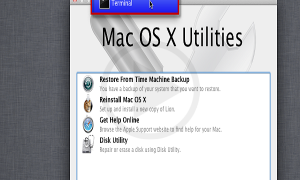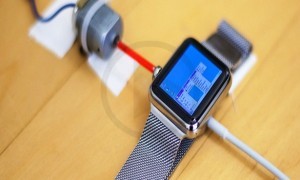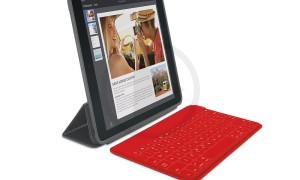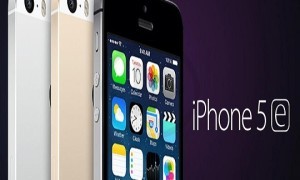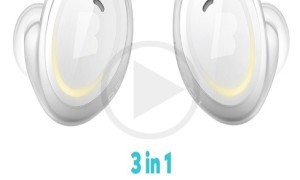In 2017, it is believed that once again the NAND flash memory chips will be provided to Apple by Samsung. This would also put to end the 5 year hiatus that dates back to 2012 when the iPhone 5 was released. The reason behind the dissolution of the relationship between the original supplier Samsung and the unwillingness of the ability to company with the requirements of Apple in regards to the EMI ‐ electromagnetic interface shielding through the special coating or packaging changes on the memory packages.
The recent report made new claims which suggested that for EMI compliance reasons and for better performance, the company is looking to shield more parts individually inside the devices. As per the article that was released earlier, it has been said that the reasons for the change wasdue to the use of different diverse systems that were used which includes the 3D Touch as well as the presence of different interfaces which are high speed. These not only contribute but also get affected by EMI. With the help of individual shielding, it would give Apple the benefit to dispense with discrete components of metal shielding which can also save space on the logic board as well as provide more room so that more components can be put inside the company’s devices.
The latest report of Samsung notes the use of BGA or ball grid array packaging which can be a disadvantage for products that are competing and use the package contacts of the land grid array or LGA. As per what is seen, the existing sputter coat that Samsung has right now in regards to the shielding technologies were not up to the mark and were insufficient as per the performance requirements of Apple. One of the reasons why the relation dynamics have changed is due to the use of metal shielding that has ultra thin coats due to the use of cheaper spray techniques.












